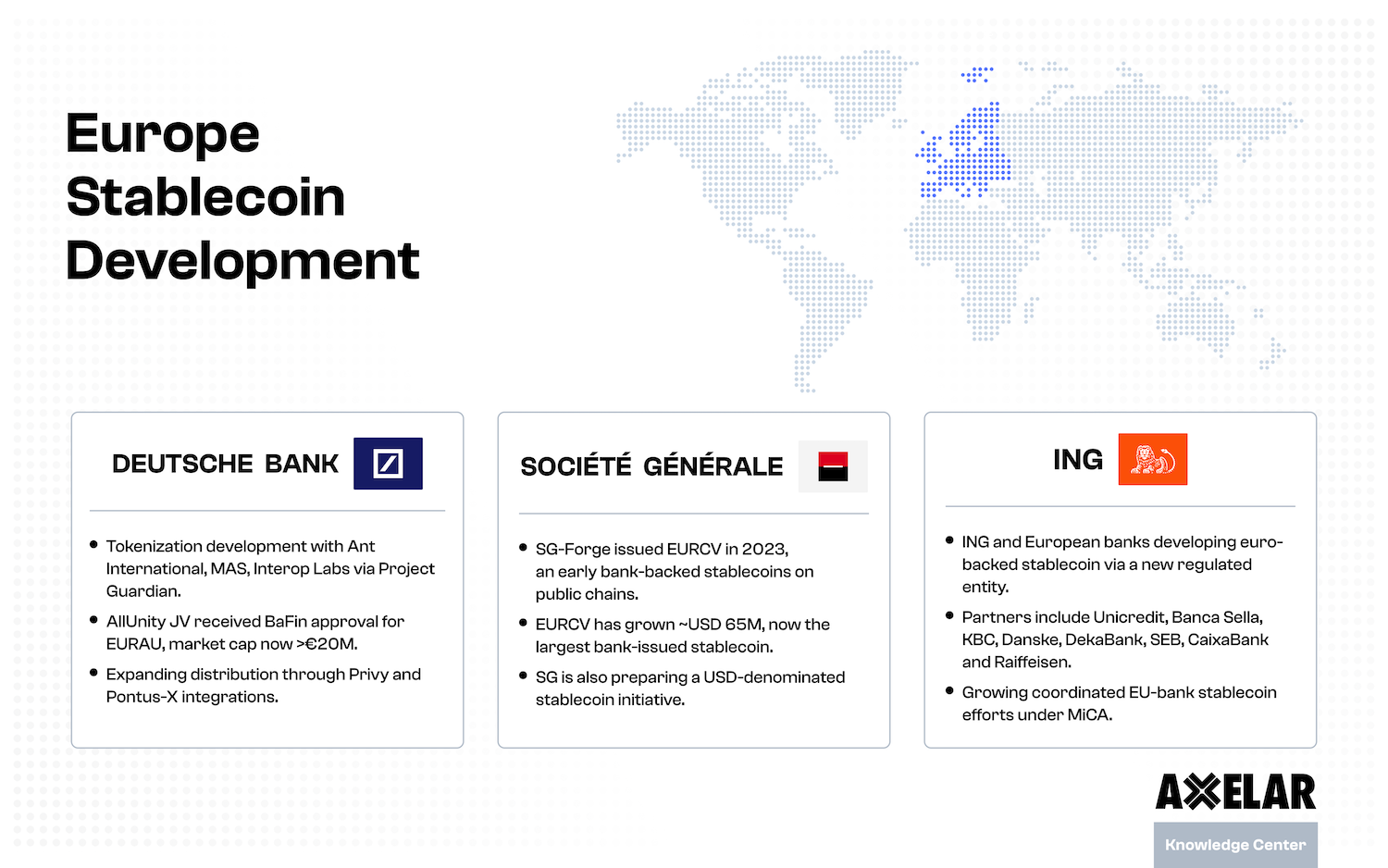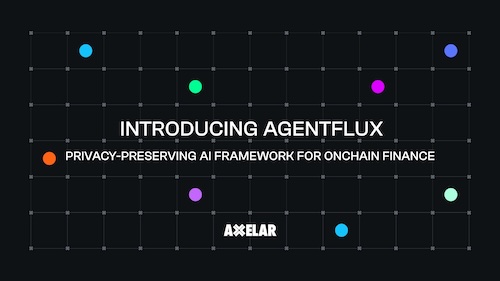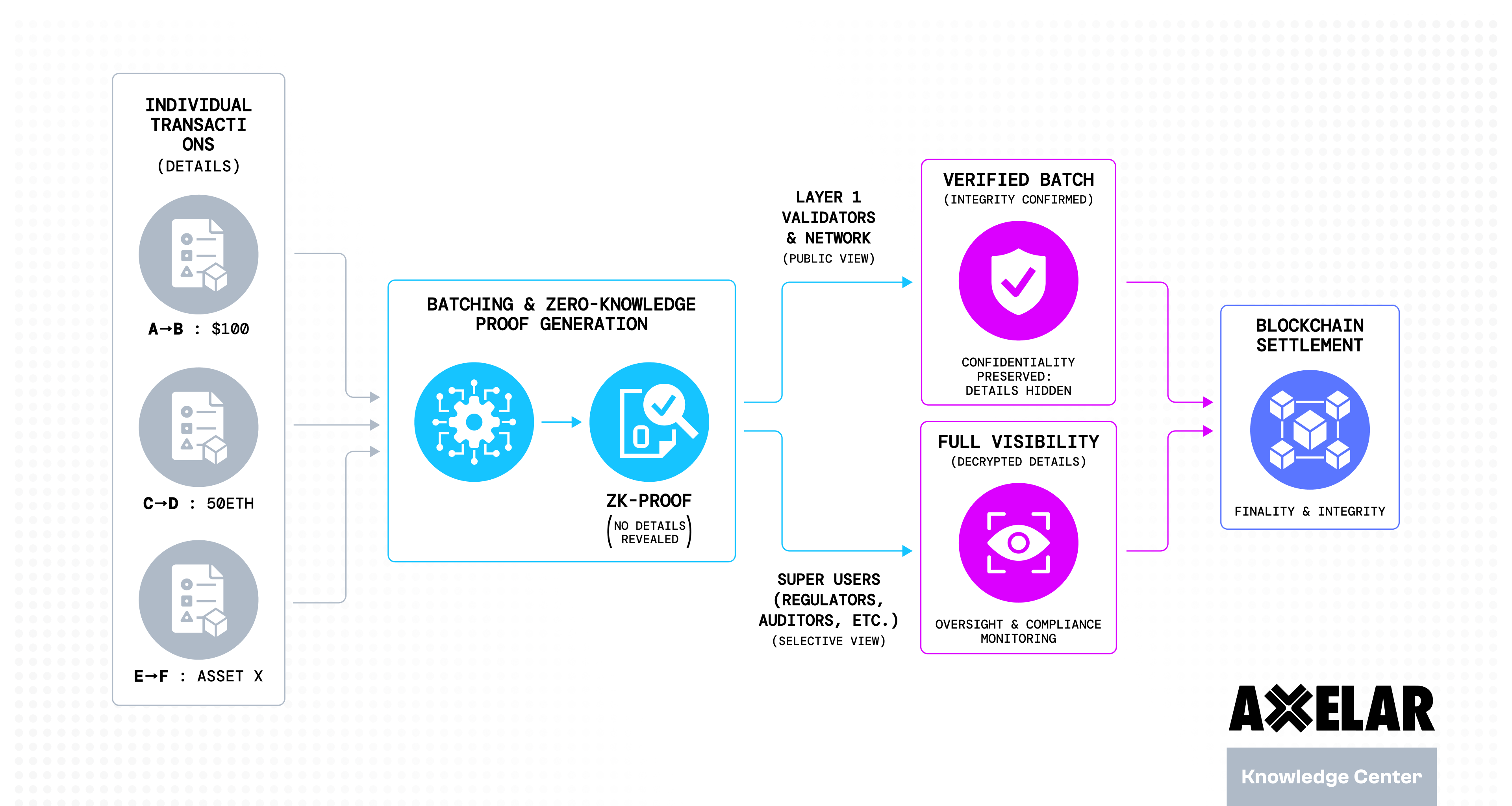Where Will Interoperability Take Web3?
Table of Contents


Ahead of Axelar’s mainnet launch in February, Axelar held an AMA on Twitter Spaces with investor and blockchain enthusiast Calvin Liu. As former strategy lead at Compound Labs and an investor at Divergence Ventures, Calvin has a strong background in both crypto investment and research. Divergence Ventures is an Axelar backer. Throughout the recent AMA, Calvin engaged Axelar co-founder and CEO Sergey Gorbunov in insightful conversation on the theme of Web3 interoperability, discussing the following topics (with timestamped links):
- How Sergey came to bet on Web3 interoperability and a multichain future.
- How to structure validators for maximum decentralization and security
- The technical challenges of decentralized interoperability using multi-party computation.
- The potential future uses of Axelar’s universal blockchain infrastructure as a platform supporting composability of any kind of application, well beyond cross-chain asset transfer.
To summarize the vision behind Axelar, Sergey asserted: “If we want to scale the ecosystem we have to find technologically robust solutions that can last for years.” It is this mission – to grow the Web3 ecosystem – that led to the formation of Axelar.
Why Web3 interoperability is needed
Early on in the recent AMA, Calvin and Sergey discussed the need for Web3 interoperability in a multichain world. Users and applications in each ecosystem are distinct, he said, pointing to users of Avalanche and other Ethereum alternatives. “They’re different users than Ethereum users,” he said. “ … It’s really interesting to think about a network that connects all these users together.” Calvin asked Sergey in general terms what Axelar does and how this addresses the need for Web3 interoperability. According to Sergey, “Axelar is a universal decentralized interoperability network that was designed to connect autonomous ecosystems with as little effort as possible.” Axelar is a full-stack decentralized transport solution, consisting of a number of layers, including a network layer that provides routing, translation and security, and a developer tools layer, providing SDKs and APIs on top of the network. Axelar’s tools allow developers to easily build cross-chain capabilities into their decentralized applications (dApps). This enables developers to build on the platform that best suits their use case, without locking their dApps into silos of users and liquidity.“As an ecosystem is being built, it has its own flavor, right? It has its own profile, it has its own use cases that it kind of optimizes for,” Sergey said. “It’s really interesting to see them being developed in parallel, but I think if we connect them together, I think the ecosystem is just going to scale exponentially, so, it’s super exciting.”
Challenges in cross-chain security & decentralization
Sergey discussed Axelar’s approach to permissionless proof-of-stake governance across the validators on the network:
While a lot of people focus on the number of validators, I think the stake distribution across the validators is also incredibly important. If you have hundreds of validators or thousands of validators, in most of the networks you see the top 10, the top 15 or 20 that can collectively authorize any decision. It’s important to focus on that as well, making sure that delegations are being done across the broad range of validators, and really not concentrate the voting power. Otherwise, the number of validators — it’s good to have many, but it becomes almost for redundancy reasons and not security.
Calvin and Sergey went deeper into the specific technical challenges that come into play when building a decentralized network that connects Layer 1 blockchain ecosystems. Even pairwise multi-sig bridges between blockchains have significant technical challenges in order to deliver security. “Even if you look at, whatever, basic multisigs, forget about threshold cryptography, you have to deal with it: you have to understand when a validator can join, when a validator can leave, how do you rotate the keys across the system,” Sergey said. “Threshold cryptography comes with additional complexity where you need broadcast channels across the validators. You need secure channels and things like that. It really has been around taking simple algorithms on paper and building a scalable system around them. That’s not a trivial task, but I think we as a team enjoy that fully.”
The potential in hundreds of interconnected blockchains
Axelar is building uniform network architecture, code base and governance that will enable applications to connect to users, liquidity and other applications on any chain, with the ability to add new chains easily. “Making these connections [to new blockchains] is a matter of hours or even minutes,” Sergey said, “as opposed to months as some other platforms have.” At this point, Calvin raised the critical question of how Axelar will scale from a handful of connected blockchains to hundreds of connected chains. Sergey explained that Axelar’s uniform architecture is designed for a future in which it connects not only to Layer 1 blockchains, but to multiple shards of Axelar Network itself, each dedicated to the needs of specific sets of connected ecosystems. “Just like in Web2 we have databases and networks that power individual applications and consume all the throughput of them, … I think we’re going to see more of those instances in the blockchain space,” he said. “Well, I hope so. Otherwise, what are we doing?” Axelar’s mainnet launch has now taken place, and a demo app, Satellite, is live, supporting asset transfers across a number of interoperable blockchains. Calvin and Sergey discussed the future of Web3 interoperability well beyond cross-chain asset transfer. As Sergey said, almost anything could be built using Axelar:
The information we want to transfer is really not limited to any specific type. You can think of the network having multiple components. There is just a basic message-passing component and then there are interoperability protocols that could sit on top of it. For message passing it’s: you give me a payload, let’s use the Axelar network and the infrastructure to deliver this payload from Chain A to Chain B. And then you can imagine this payload being a transaction that calls a smart contract on a different chain. Or, you can imagine this payload being used to mint an asset from one chain to another, or, transfer an NFT or perform arbitrary types of requests. The way we’re rolling out, there are some use cases we’re targeting in the early days, especially around asset transfers. But, really the goal is to allow people to use the infrastructure and the network to build other types of protocols on top of it, whether or not it’s an interoperability protocol or an asset transfer protocol or really anything else you want. You can use the underlying network and say: here’s a gateway, here’s a payload, I’m going to send my payload to this gateway, and the Axelar infrastructure is going to deliver it to some other chain, where a destination contract is called that may execute some logic. And so that’s really the goal to kind of allow people to really do whatever they do, which is build things that make their use cases tick and go cross-chain.
Sergey closed the AMA explaining Axelar’s vision of Web3 interoperability that is abstracted for the user: it won’t be necessary to work directly with bridges anymore. As a Web3 interoperability solution, Axelar works in the background, allowing liquidity to move back and forth, simplifying the experience where users can interact with different applications and assets across any blockchain ecosystem. Even, helping you do taxes for example. You can listen back to the AMA between Axelar and Calvin Liu here, and follow Axelar, Sergey and Calvin on Twitter for more updates.


